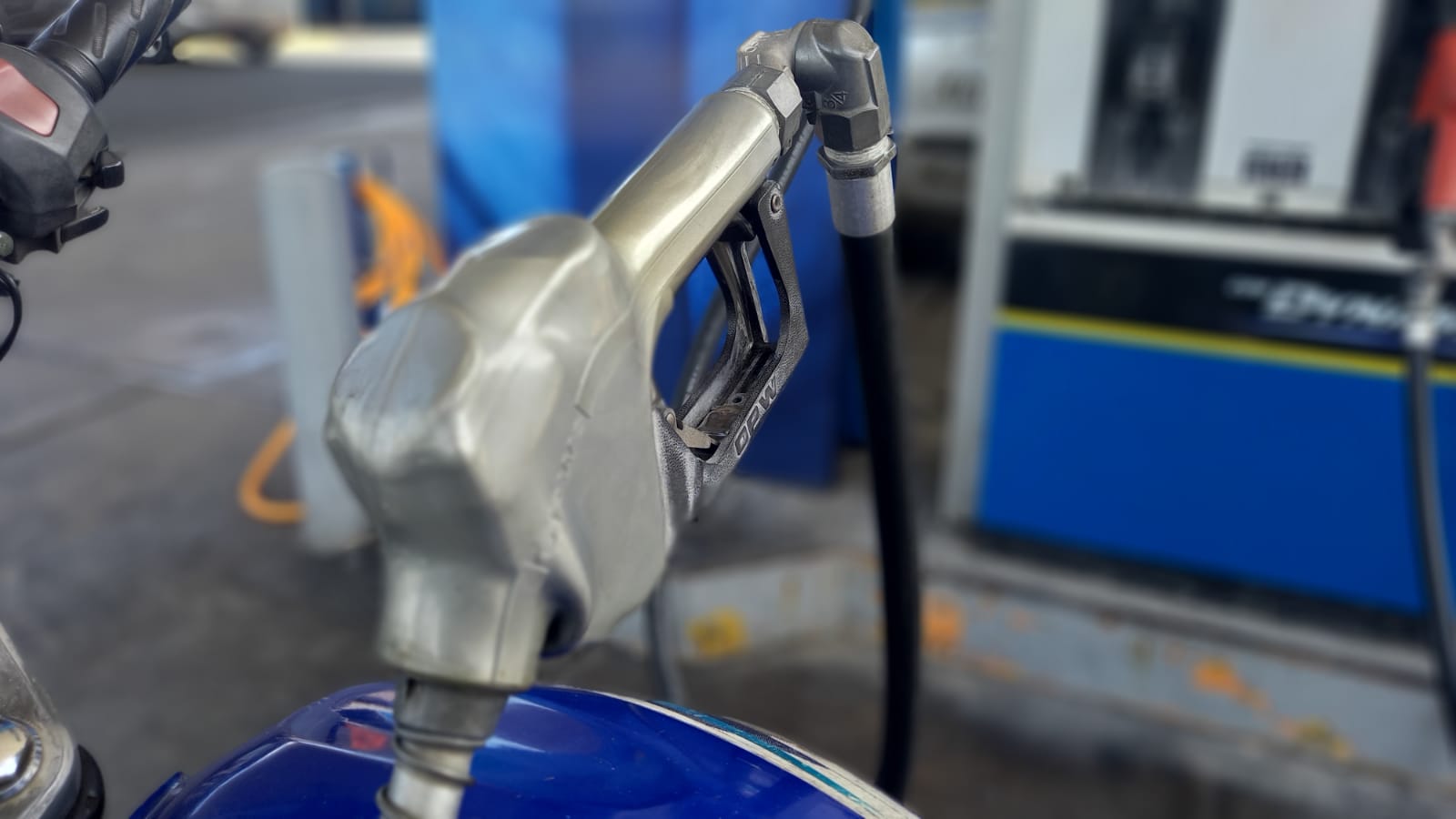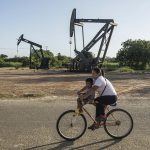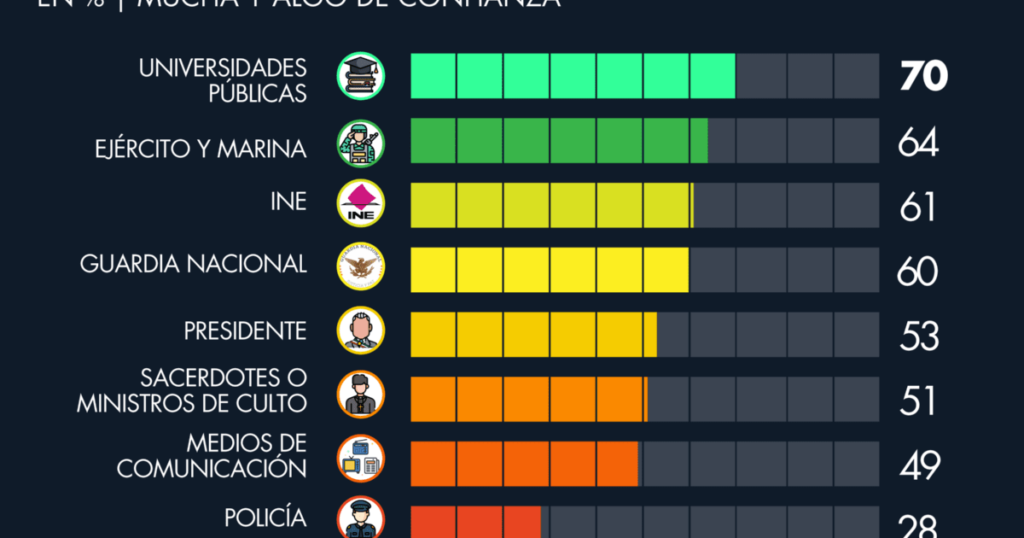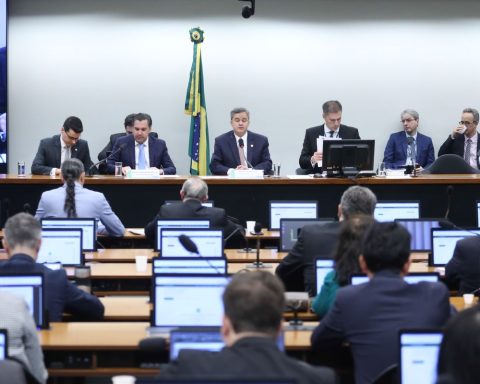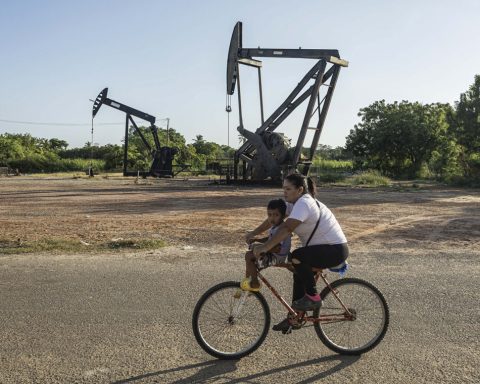The Government of Nicaragua extended by one week the period for freezing the prices of fuels used for transportation and food preparation, to avoid the impact of increases at the local level, reported this Saturday the Nicaraguan Institute of Energy (INE) and the Ministry of Energy and Mines.
The freeze, which will remain in effect until at least next Friday, will allow the cost of a gallon (3.78 liters) of superior gasoline, used in light cars, to remain at 5.13 dollars; that of regular gasoline, applied in old-fashioned and off-road cars, will continue at 5.01 dollars, while diesel, used in cargo and collective transport, will remain at 4.53 dollars.
Related news: Fuel prices remain frozen in Nicaragua
The owners of vehicles that run on diesel will have a saving equivalent to 0.83 dollars per gallon, indicated the INE, which did not provide more data.
The prices of Liquefied Petroleum Gas (LPG), which will also remain frozen, depend on the size of the tank and the department (province) where they are sold, Nicaraguan authorities confirmed.
Fuels for transportation and food preparation have been frozen in Nicaragua since the beginning of last April.
The INE stressed that the objective of freezing fuel prices is to “mitigate the impact of the increase in these prices on the economy of Nicaraguan families.”
Related news: Opponents promote stoppage of fuel and energy consumption in Nicaragua
The measure of freezing fuel prices costs the State of Nicaragua between 4 and 6 million dollars each week, according to the Executive.
Nicaragua has a fund of 200 million dollars as part of a line of credit of up to 800 million dollars, arranged by the Central American Bank for Economic Integration (CABEI) to finance a regional support program in the face of the global rise in prices of fuels.
